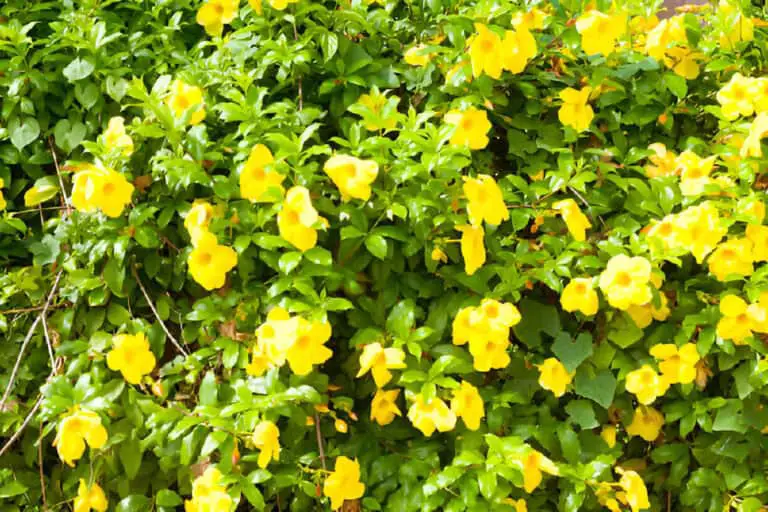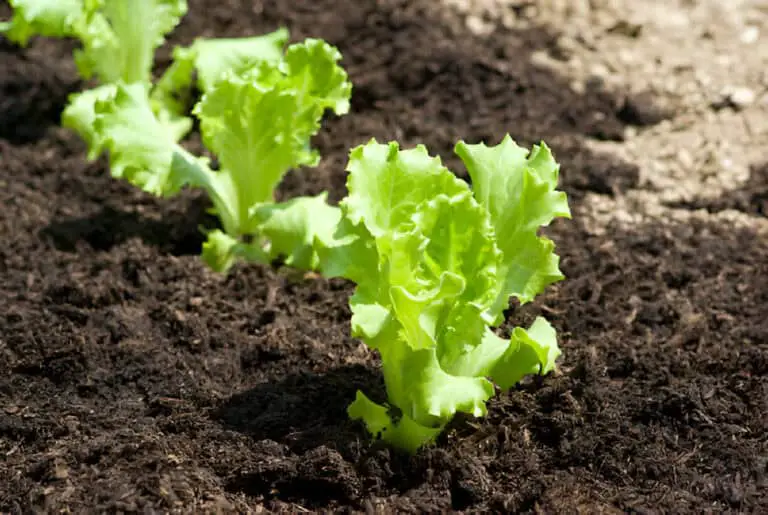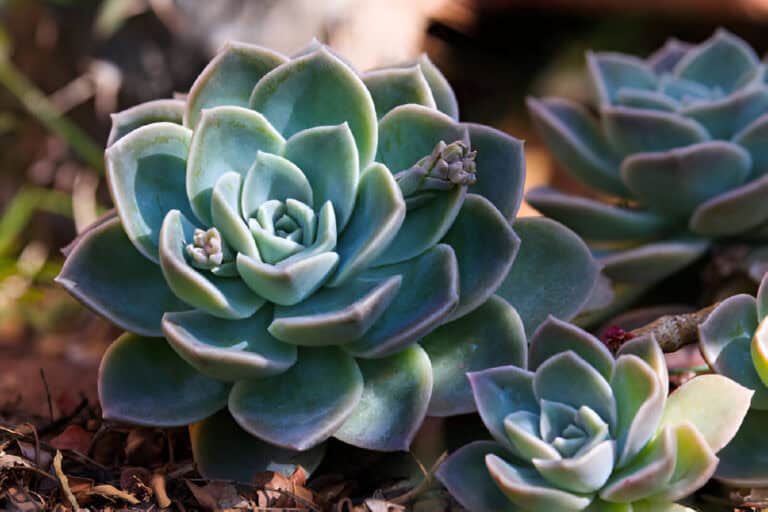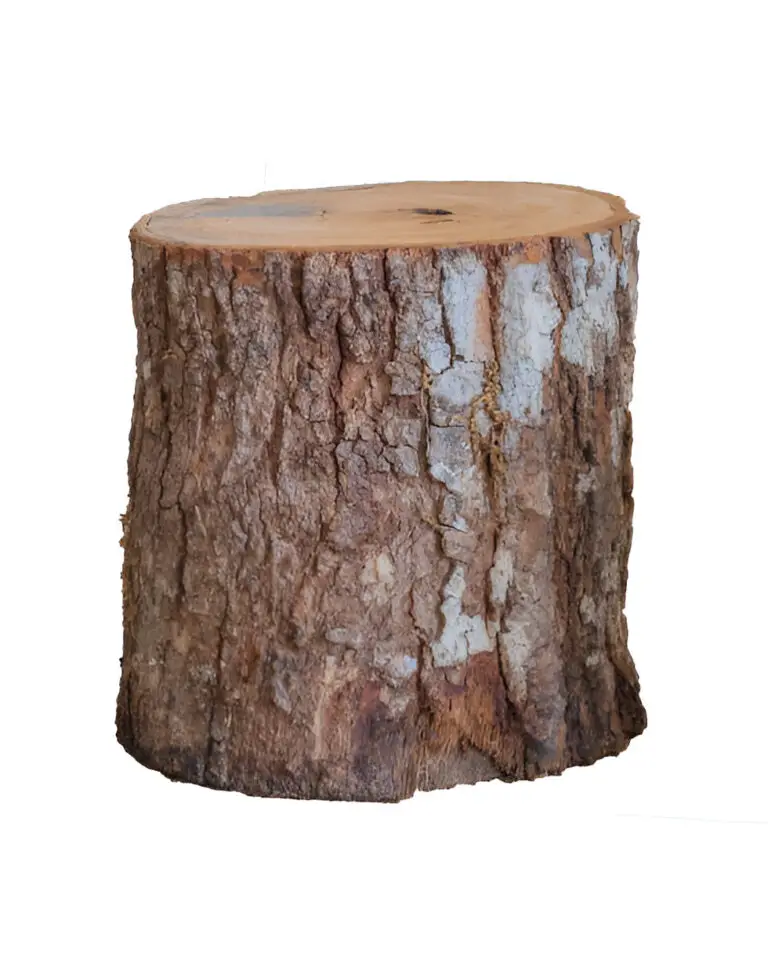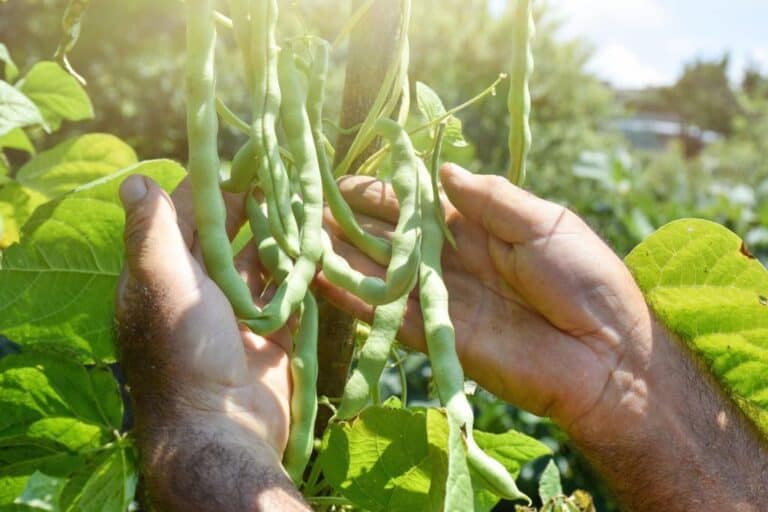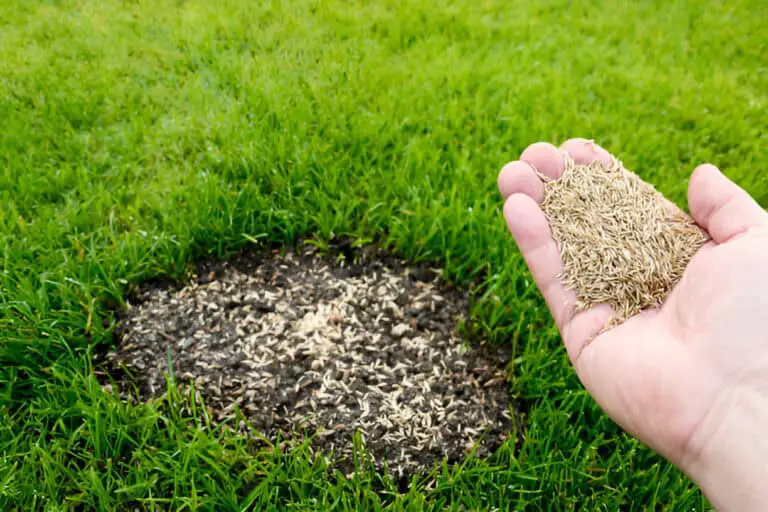How To Prune Chayote Plant: Step By Step Trimming Guide
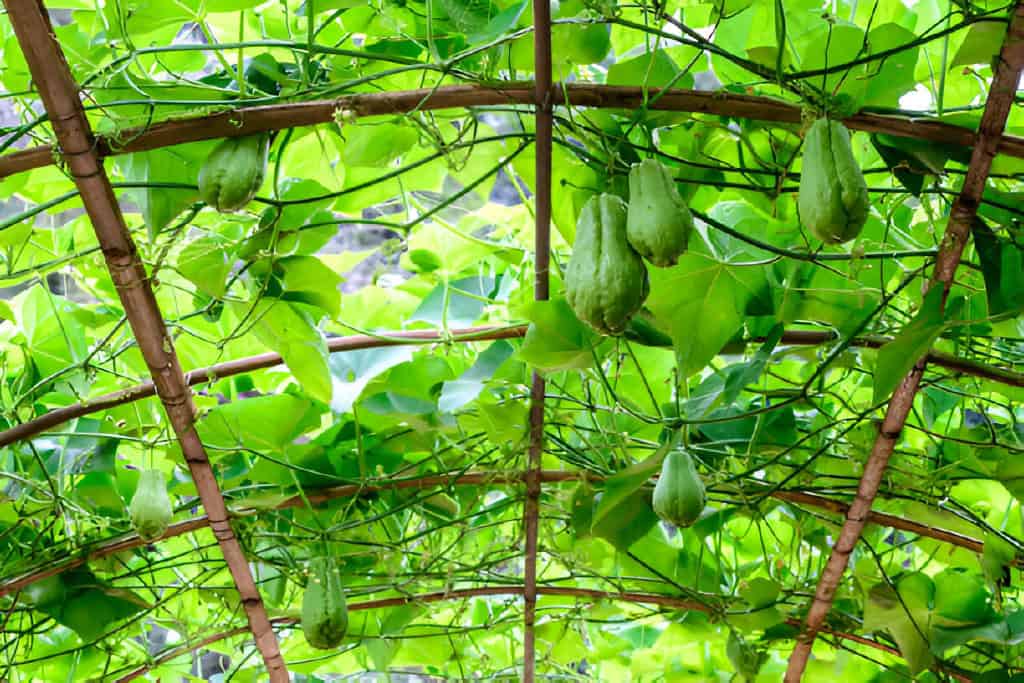
Pruning your chayote plant can be the key to encouraging healthy growth and a bountiful harvest. Have you ever wondered how to properly trim and care for your chayote plant to ensure it thrives?
Knowing the best pruning techniques improves its look. It also makes vines stronger and yields higher. You’ll learn the step-by-step process of pruning your chayote plant. It will give you the knowledge to keep it healthy as it grows.
Are you a seasoned gardener? Are you looking to refine your techniques? Or are you a beginner eager to grow a thriving garden? This guide will give you practical tips and insights. Unlock the secrets to successful chayote plant care and enjoy a more abundant harvest with each season.
Understanding Chayote Plant
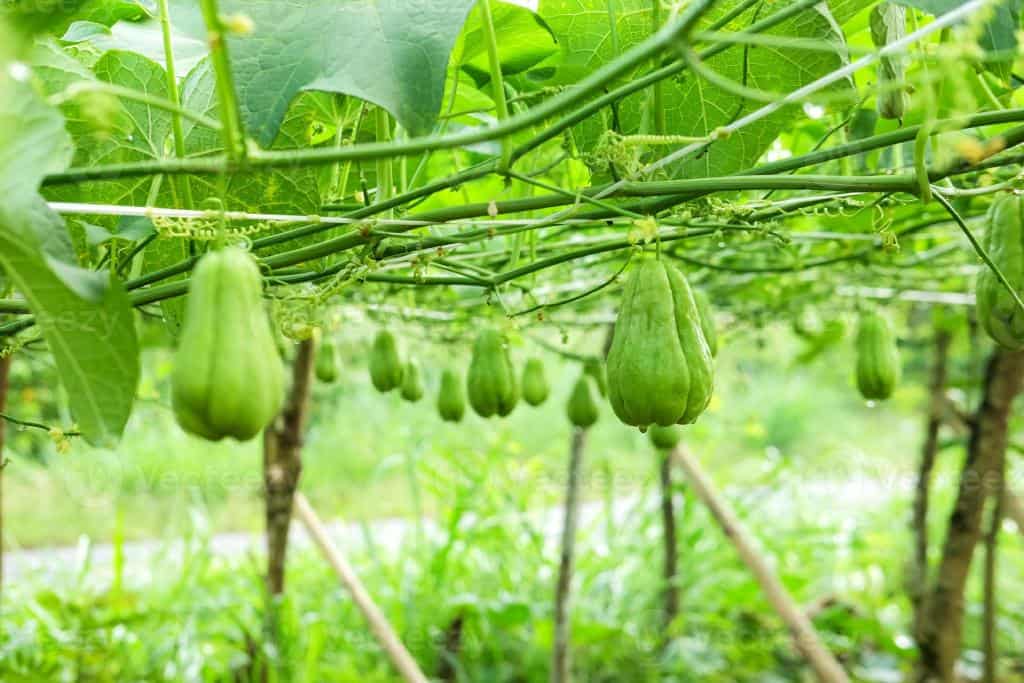
Chayote, also known as vegetable pear, christophene, or mirliton, is a unique and versatile vegetable that is native to Mesoamerica. It belongs to the gourd family and is characterized by its pear-like shape, smooth green skin, and mild flavor. Chayote is commonly used in a variety of dishes, from salads and stir-fries to soups and stews.
Chayote (Sechium edule) is a vine. It is perennial and belongs to the Cucurbitaceae family. This family includes cucumbers, melons, and squash. Here are key points to understand about the chayote plant:
Botanical Profile
- Scientific Name: Sechium edule
- Family: Cucurbitaceae
Physical Characteristics
- Growth Habit: Fast-growing vine, up to 50 feet in length, requiring sturdy support
- Leaves: Large, green, heart-shaped
- Flowers: Small, non-showy, monoecious (each plant has both male and female flowers)
Fruit Characteristics
- Appearance: Typically pear-shaped, with deep ridges and a pale green color; some varieties may have spines
- Taste and Texture: Crisp, mildly sweet, reminiscent of a cross between a potato and cucumber
- Culinary Uses: Versatile in the kitchen, can be sliced for salads, stewed, baked, fried, or stuffed; young shoots and leaves are also edible
Why Prune Your Chayote Plant?
Pruning your chayote plant serves several purposes, including:
- Promoting Growth: Pruning encourages new growth, which can lead to a more robust and productive plant.
- Removing Diseased or Damaged Parts: Pruning allows you to remove any diseased, damaged, or dead plant parts. It helps stop disease and improve plant health.
- Controlling Size and Shape: Pruning helps you control the size and shape of your chayote plant, making it easier to manage and harvest.
- Increasing Air Circulation: Proper pruning can increase air flow around the plant. This cuts the risk of fungal diseases.
Step-by-Step Guide to Pruning Your Chayote Plant
Follow these steps to prune your chayote plant effectively:
- Gather Your Tools: You’ll need a sharp pair of pruning shears or scissors, gloves to protect your hands, and possibly a ladder if your plant is tall.
- Inspect the Plant: Carefully examine your chayote plant for any diseased, damaged, or dead parts that need to be removed.
- Remove Diseased or Damaged Parts: Using your pruning shears, carefully cut away any diseased, damaged, or dead parts of the plant. Make clean cuts close to the main stem or branch.
- Prune for Size and Shape: If your chayote plant is growing too large or unruly, you can prune it back to control its size and shape. Focus on cutting back the longest branches and shoots to encourage new growth.
- Dispose of Pruned Material: Once you’ve finished pruning, be sure to get rid of any diseased or damaged parts of the plant right. This stops the spread of disease.
When Is the Best Time to Prune a Chayote Plant?
The best time to prune a chayote plant is in the early spring, just before new growth begins. Pruning at this time allows the plant to focus its energy on producing new shoots and leaves, leading to a more vigorous growing season. However, you can also prune a chayote plant during the growing season as needed. This is especially to remove diseased, damaged, or dead parts.
Pruning in the early spring also helps shape the plant and control its size. By removing excess growth and focusing the plant’s energy on the main vines, you can encourage a more compact and manageable plant. Additionally, pruning in the spring allows you to assess any winter damage and remove any parts of the plant that did not survive the cold.
When pruning a chayote plant, it’s important to use sharp, clean pruning shears to make clean cuts. Avoid pruning too aggressively, as this can stress the plant and reduce its overall health. Instead, focus on removing only the parts of the plant that are necessary to promote new growth and maintain a balanced shape.
How Often Should I Prune My Chayote Plant?
How often you prune chayote plants depends on many factors. These include the plant’s growth rate, health, and desired shape. Generally, pruning chayote plants once a year in the early spring before new growth begins is sufficient. However, you may need to prune more frequently if you notice overgrowth or want to shape the plant more precisely.
Pruning helps maintain the plant’s health and productivity. It does this by removing dead or diseased parts and promoting new growth. It also helps control the plant’s size and shape, making it easier to manage and harvest. Also, pruning can improve air flow around the plant. This reduces the risk of fungal diseases.
When pruning your chayote plant, focus on removing any dead, damaged, or diseased parts first. Then, prune back any excessive growth to maintain a balanced shape. Avoid pruning too aggressively, as this can stress the plant. Instead, aim to remove only what is necessary to promote new growth and maintain the plant’s overall health and appearance.
Table: Common Tools for Pruning Chayote Plants
| Tool | Description |
| Pruning Shears | Sharp, handheld tool for cutting small branches |
| Loppers | Larger version of pruning shears for thicker branches |
| Gloves | Protects hands from thorns and cuts |
| Ladder | For reaching tall branches |
Conclusion
Pruning your chayote plant is an essential part of its care and maintenance. Follow the steps in this guide. They will keep your chayote plant healthy, productive, and well-shaped. Remember to prune your plant often. Do this during the growing season. It promotes the best growth and fruit. With proper pruning techniques and tools, you can enjoy a bountiful harvest of chayote squash from your garden.

